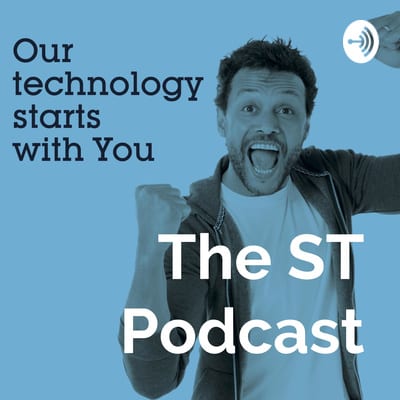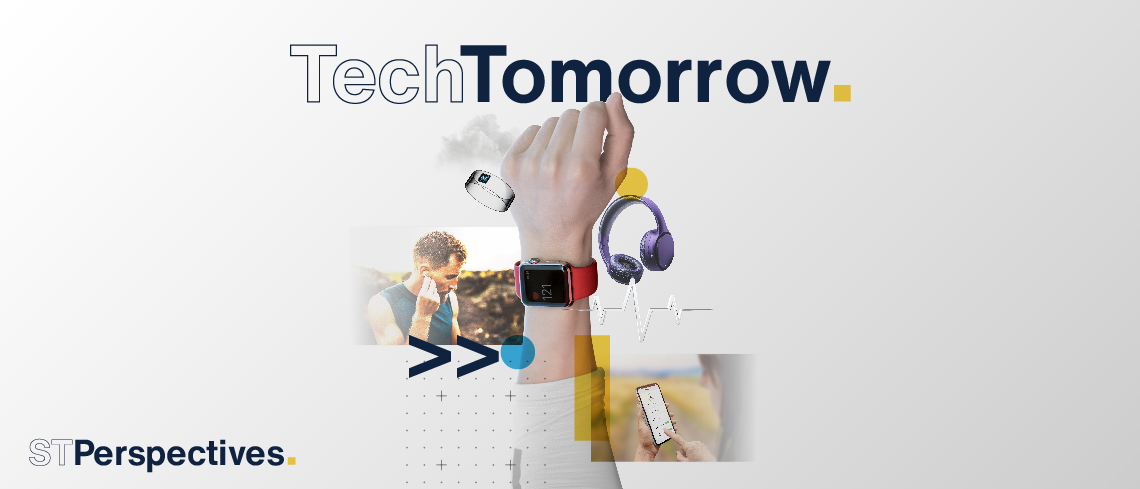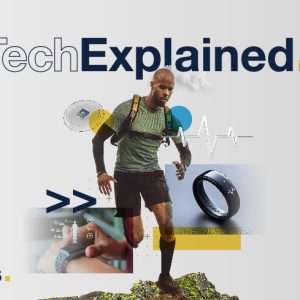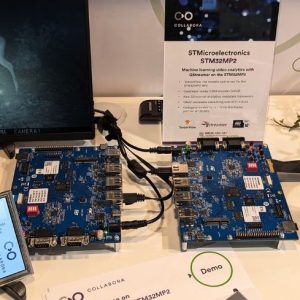The future is on your wrist (or ear, or finger). Imagine a world where your watch or ring not only tracks your steps and sleep cycles but also warns you of potential health risks before any symptoms appear. Thanks to biosensors, this is rapidly becoming a reality. These tiny devices are revolutionizing wearable technology, transforming fitness and sleep trackers into powerful diagnostic tools that could redefine healthcare as we know it. 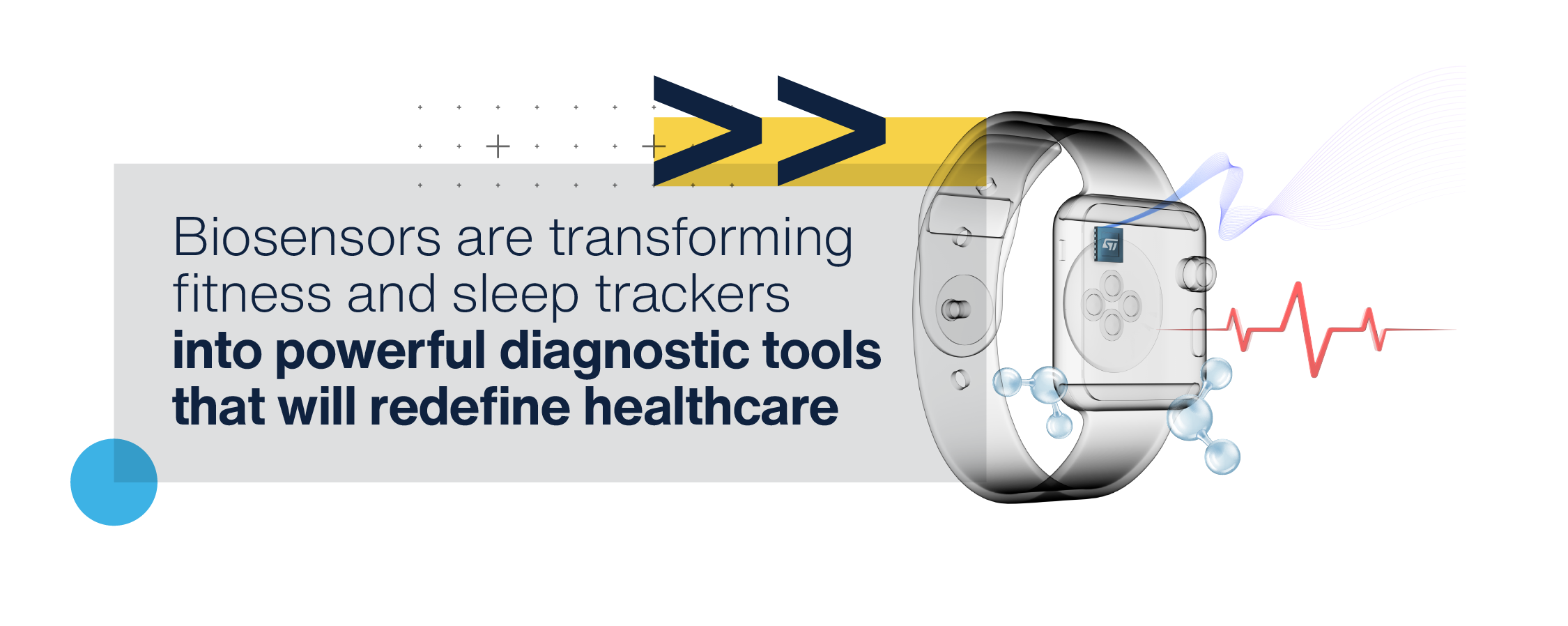
Tiny sensors, big impact
Biosensors have evolved dramatically in recent years. They have become smaller, smarter, more capable, and more power efficient. These advancements enable their seamless integration into everyday wearables – from rings to wristbands to in or on-ear devices – making real-time health tracking more accessible than ever. The keys to their mass adoption are convenience, comfort and non-invasiveness. When designed with consumers in mind, these devices not only provide insightful wellness data but also serve as critical diagnostic tools in medical settings.
From hospitals to the home
Health tracking devices – like watches, wristbands, and rings – are already mainstream, monitoring metrics like heart rate and blood oxygen saturation. But the next wave of biosensor technology is pushing boundaries, shifting from “sick-care” to proactive healthcare and from hospitals to everyday life.
Take, for example, wearable devices like smart watches that track respiratory patterns, or a wristbands equipped with electroneurography (ENG) sensors that can assess cognitive performance by analyzing nerve activity outside the brain and spinal cord. Such devices could be gamechangers for professionals in high-risk jobs, measuring alertness, fatigue and mobility to enhance workplace safety and well-being.
Even brain imaging – once something that could only be achieved with specialized equipment like huge MRI machines – is also becoming miniaturized. The Kernel Flow neuroimaging headset utilizes infrared spectroscopy to map brain activity, potentially diagnosing neurological conditions from the comfort of home. Meanwhile, EEG-equipped headphones are decoding brainwave activity, offering insights into focus, mental well-being and stress levels. 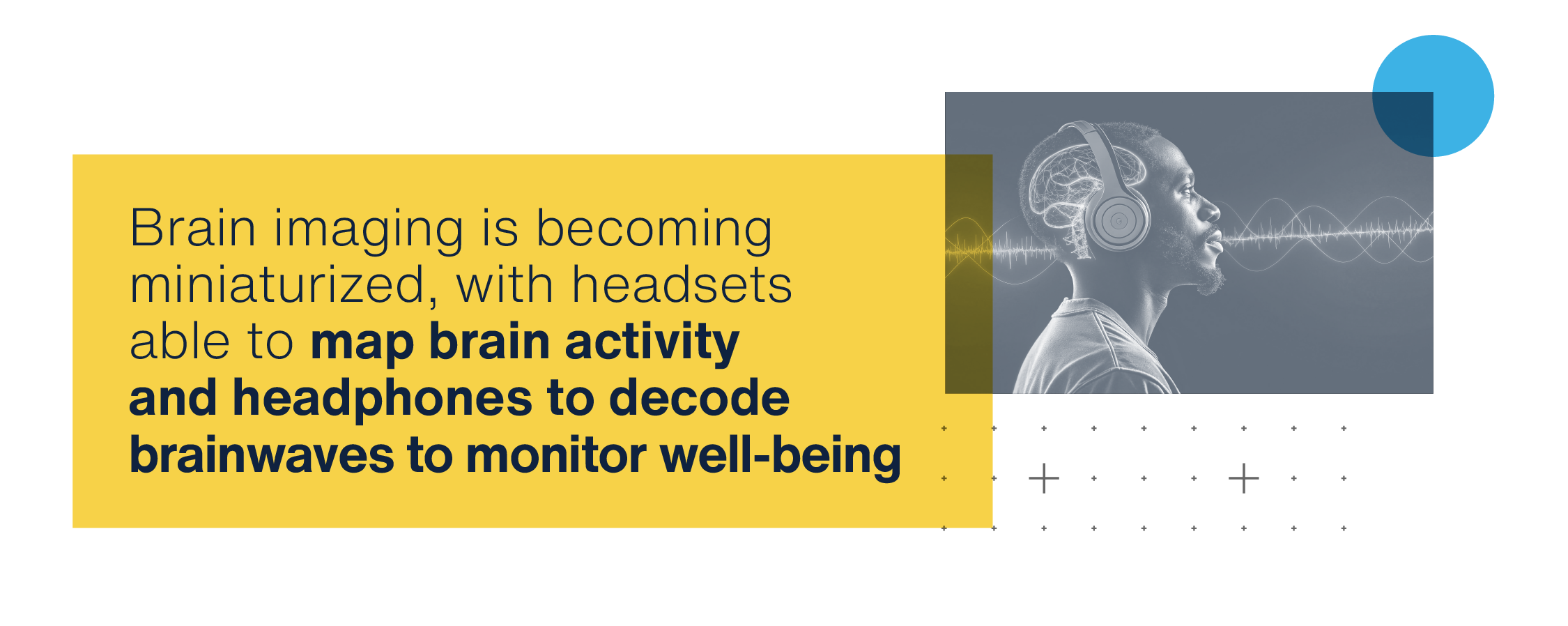
The promise of biosensors in wearable tech
The promise of biosensors lies in their ability to provide continuous monitoring – tracking biological signals over time, rather than at isolated moments. This shift will revolutionize diagnostics by providing a clearer, more dynamic picture of health fluctuations, and anomalies.
Consider continuous cardiac monitoring – instead of occasional ECG tests, biosensor patches will track heart rate variability, seismocardiogram (SCG) data, and movement in real time, even detecting ‘man down’ events to enhance safety. Similarly, blood pressure monitoring – which is currently limited to arm cuffs – will soon be achieved through wearable sensors placed over the carotid artery in the neck, offering real-time data capture and more accurate insights.
The end of needles?
One of the most exciting frontiers in biosensors development is the elimination of invasive testing methods. For example, non-invasive glucose monitoring could transform diabetes management, replacing painful pricks with continuous sweat analysis patches that can measure glucose, potassium, sodium, and pH levels – all accessible via a smartphone app. Similarly, a French startup has designed the first endorphin-stimulating bracelet (note: link in French) intended to relieve the symptoms of fibromyalgia and chronic pain, including osteoarthritis, replacing techniques that were once invasive. 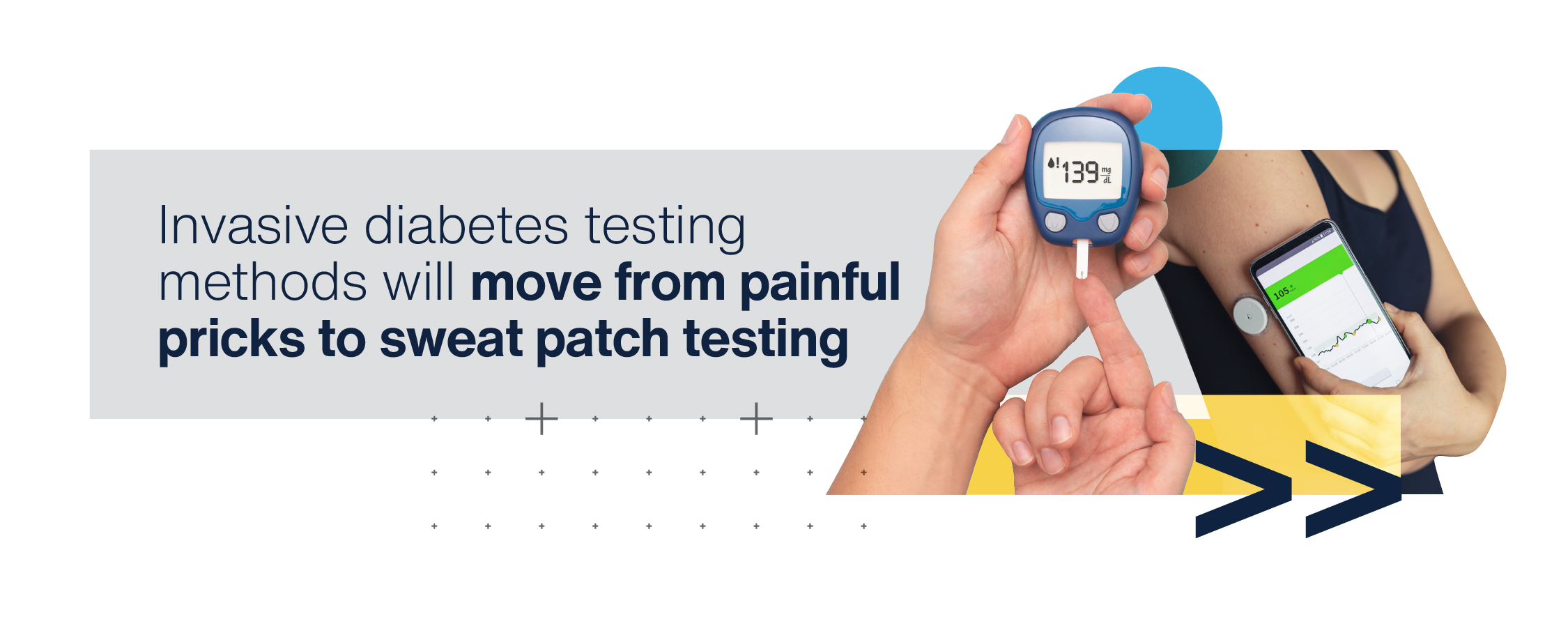
As biosensors become more sophisticated and energy-efficient, their applications will extend into augmented reality – industry analysts Yole expects the use of augmented reality (AR) devices to increase. Imagine smart glasses that track electrooculography (EOG) signals to monitor fatigue, eye strain, or even assist individuals with disabilities through hands-free control in assistive technology.
The impact on consumers
As biosensor technology continues to advance, it will continue to reshape the relationship between consumers and healthcare providers – empowering them to take more control and responsibility. Wearable devices are no longer just fitness gadgets – they are proactive health tools capable of detecting early warning signs, reducing strain on healthcare systems and making personalized medicine more accessible to all. The only question remaining is whether we’re ready to wear them.
- Find out more about ST’s biosensor range
- Learn more on ST1VAFE3BX
